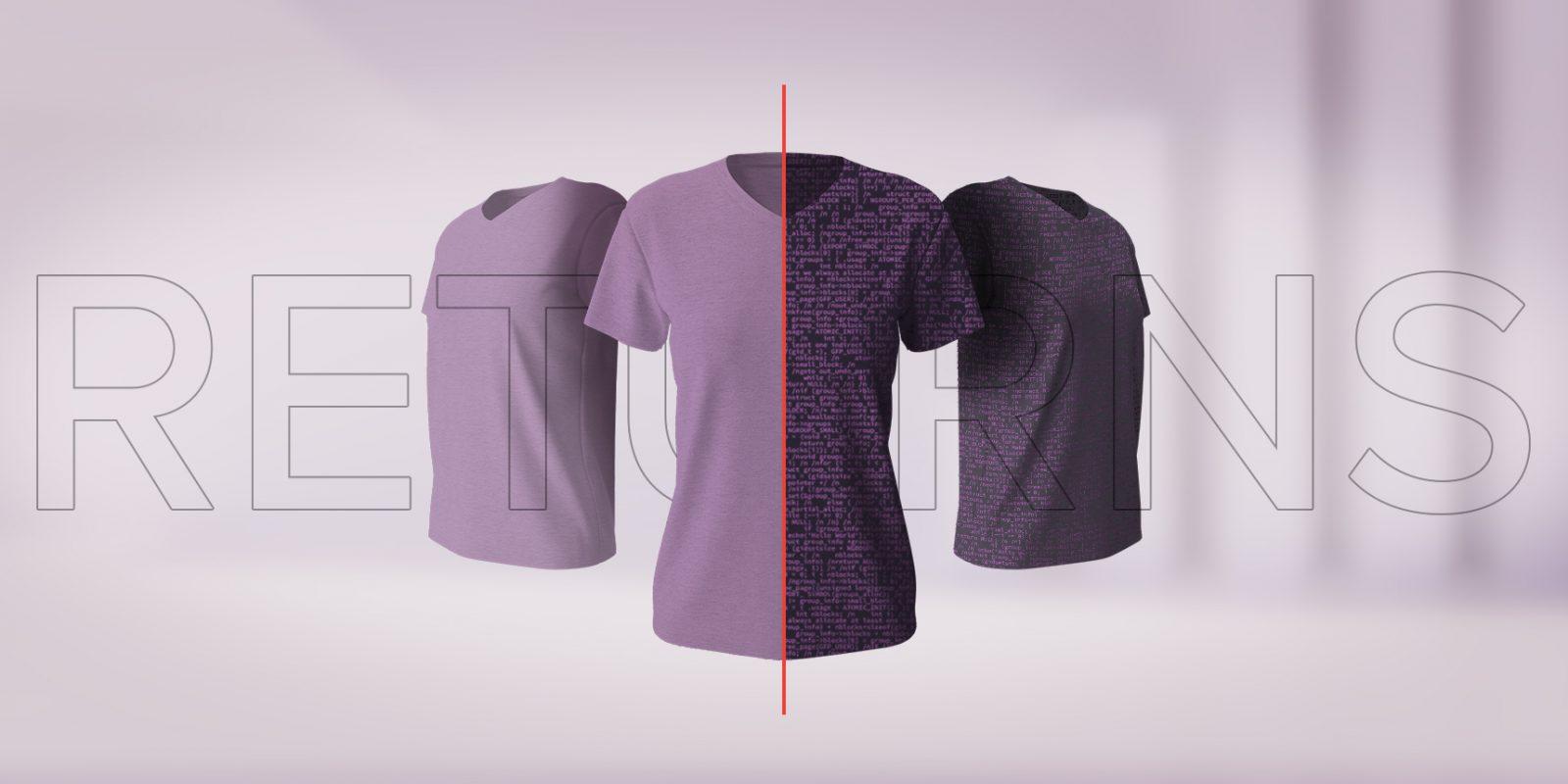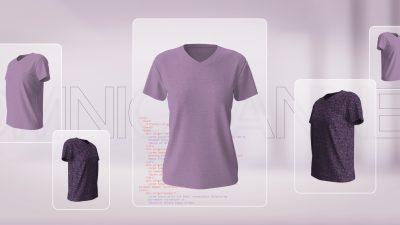Last Updated on: 26th May 2024, 07:58 pm
What you can learn from this article:
- The scale of the returns problem in Fashion.
- The sustainability challenge of returns in Fashion.
- The main reasons for returns in Fashion.
- The game-changing potential of AI to reduce returns in Fashion.
Table of Contents:
- The scale of the returns problem in Fashion
- The sustainability challenge of returns in Fashion
- The main reasons for returns in Fashion
- The game-changing potential of AI to reduce returns in Fashion
- Try us on
The scale of the returns problem in Fashion
The rate of returns in Fashion is the highest of any industry. At around 30% globally, it imparts a significant loss of revenue to Fashion brands and leaves a damaging environmental footprint. In the U.S. alone, where the returns of apparel orders stand at 24.4%, Fashion brands eat a collective cost of 38 B USD annually, with around 25 B USD making up processing costs.
Surprisingly, a recent McKinsey Returns Management Survey shows that the issue of reducing returns is far from a priority of nearly 33% of retailers, who do not rank it a top-five concern. Many see returns as the necessary flip-side of the industry and instead concentrate efforts on improving return policies rather than attempting to alleviate the underlying reasons for returns.
The sustainability challenge of returns in Fashion
The sustainability challenges in Fashion are considerable. As well as product returns being an annoying, unpleasant task for companies and consumers alike, the burden placed on the environment is colossal. Think no further than all those extra miles of road traveled by returning goods and the fact that due to the sheer number of returns, they simply can’t be processed quickly enough (particularly in fast fashion) to get back in circulation in a viable time period for resale.
There’s a growing appetite globally for more sustainably-conscious business practices and with such a high return rate, there’s extra pressure and scrutiny on Fashion. Increasingly, customers are turning to brands which have a strong commitment to sustainability, with an average of 42% of global consumers buying eco-friendly, sustainable products.
The main reasons for returns in Fashion
Traditionally, the high level of returns in Fashion has been accepted as part of the nature of the distance trading business model, with concerns perhaps being offset by the overall vibrant health of the sector (it’s one of the biggest online sectors). By far, the most common cause of returns is due to a product not fitting (62% of returns). The lack of standardized sizes across regions globally is one big reason for this. For example, a size 10 in the US is a size 14 in the UK, and a size M in the US is a size L in the UK.
The second most common cause of returns in the Fashion industry is simply that the receiver did not like the delivered product (39%). This is the most promising area in terms of the potential for returns reduction, and we’ll explore this in more depth later in this article.
Some other unavoidable contributing factors to the high level of returns include customer behavior issues such as impulse buying, the fact that around 20% of customers buy clothes in a range of sizes so that they can later return the ones that don’t fit, and so-called ‘wardrobing’—a kind of refund abuse when customers buy a product only intending to wear it once and return it for a refund.
For many brands, it’s an impossibly delicate balance to strike—forming a returns policy that’s just permissive enough not to negatively impact customer perception and loyalty. But what if returns-minimizing solutions could be adopted that not only do not damage customer perception but actually improve it, increasing loyalty and lifetime value?
The game-changing potential of AI to reduce returns in Fashion
Let’s go back to that statistic of 39% of returns in the Fashion industry being due to customers simply not liking the eventual delivered product. Artificial intelligence provides the means for users to be matched with more suitable products, products that are more likely to be kept and cherished. The advancement of Deep Learning technology that can extract insights from vast amounts of data independently means that there’s a new level of personalization available to brands for their online ad campaigns.
Deep Learning provides an enhanced understanding of consumer desires by tracking customer preferences and then recommending products that are more likely to be a good fit. This can help to reduce the number of returns in Fashion, increasing the number of customers that buy what they truly want to have, and keep.
Deep Learning-powered personalization in Fashion retargeting campaigns builds on the effectiveness of standard Machine Learning algorithms with greater accuracy, coupling the right ad with the right person at the right time. Getting such matches right more often saves consumers time, increases brand loyalty, and, yes, reduces returns.
Ad campaigns underpinned by Deep Learning can be up to 50% more efficient than those using standard Machine Learning, increasing product recommendation efficiency by up to 41%, and boosting total click-through rates by 16% within the same budget. With Deep Learning, your brand can get the right type of returning customer—one who returns to your brand rather than to your warehouse.
Try us on
This greater flexibility and statistical accuracy is why RTB House uses Deep Learning and was the first retargeting provider to deploy it to the benefit of clients. This approach has won the trust of some of the world’s leading b. We invite you to try us on and explore in-depth insights and practical strategies to optimize returns management at fashion.rtbhouse.com.





